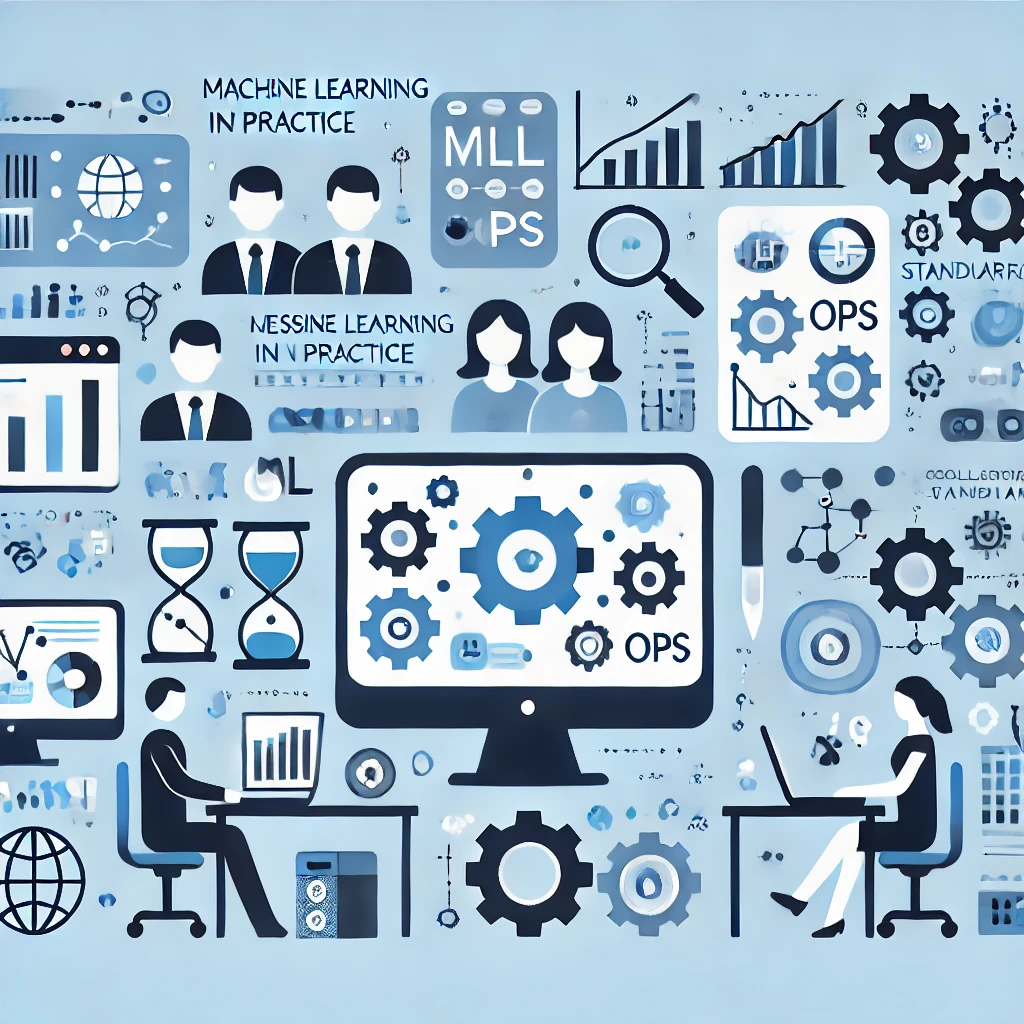As the field of machine learning (ML) continues to evolve, the need for efficient and reliable ML operations (MLOps) has become increasingly important. MLOps is the set of practices and tools that enables the deployment and maintenance of machine learning systems in production. In this post, we’ll explore the lessons learned from real-world MLOps implementations and discuss the challenges, opportunities, and best practices in the field.
The State of MLOps Today
MLOps is still in its early phases, and the landscape is rapidly changing. New tools and platforms are emerging, and there is a lack of standardization and best practices. This can make it challenging for organizations to navigate the MLOps landscape and implement effective ML operations. However, this is to be expected, given that we are still in the early phases of broader enterprise machine learning adoption.
Case Studies of Successful MLOps Implementation
Despite the challenges, many organizations have successfully implemented MLOps practices and achieved significant benefits. For example, a leading e-commerce company used MLOps to automate its ML model deployment process, reducing the time-to-market from weeks to hours. Another company, a healthcare provider, used MLOps to improve the accuracy of its predictive models, resulting in better patient outcomes.
Lessons Learned from MLOps Implementations
So, what can we learn from these successful MLOps implementations? Here are some key takeaways:
- Automation is key: Automating ML model deployment and maintenance can significantly reduce the time and effort required to get models into production.
- Collaboration is essential: MLOps requires collaboration between data scientists, engineers, and other stakeholders. Effective communication and collaboration are critical to success.
- Monitoring and feedback are crucial: Monitoring model performance and gathering feedback from users is essential to ensuring that models continue to perform well over time.
- Standardization is important: Standardizing MLOps practices and tools can help to reduce complexity and improve efficiency.
Challenges and Opportunities in MLOps
Despite the benefits of MLOps, there are still many challenges to overcome. Some of the key challenges include:
- Lack of standardization: There is currently a lack of standardization in MLOps practices and tools, which can make it difficult to compare and contrast different approaches.
- Talent gap: There is a shortage of skilled professionals with expertise in both ML and software engineering.
- Complexity: MLOps can be complex, especially for organizations with limited experience in ML.
However, these challenges also present opportunities for innovation and growth. As the MLOps landscape continues to evolve, we can expect to see new tools, platforms, and practices emerge that will help to address these challenges.
Best Practices for MLOps
So, what are some best practices for MLOps? Here are a few:
- Start small: Begin with a small pilot project and gradually scale up to more complex implementations.
- Focus on automation: Automate as much of the ML model deployment and maintenance process as possible.
- Monitor and feedback: Monitor model performance and gather feedback from users to ensure that models continue to perform well over time.
- Collaborate: Collaborate with stakeholders across the organization to ensure that MLOps practices are aligned with business goals.
Conclusion
MLOps is a rapidly evolving field, and there is still much to be learned. However, by studying the lessons learned from real-world MLOps implementations, we can gain valuable insights into the challenges, opportunities, and best practices in the field. By adopting effective MLOps practices, organizations can improve the efficiency, reliability, and performance of their ML systems, and unlock the full potential of machine learning.





